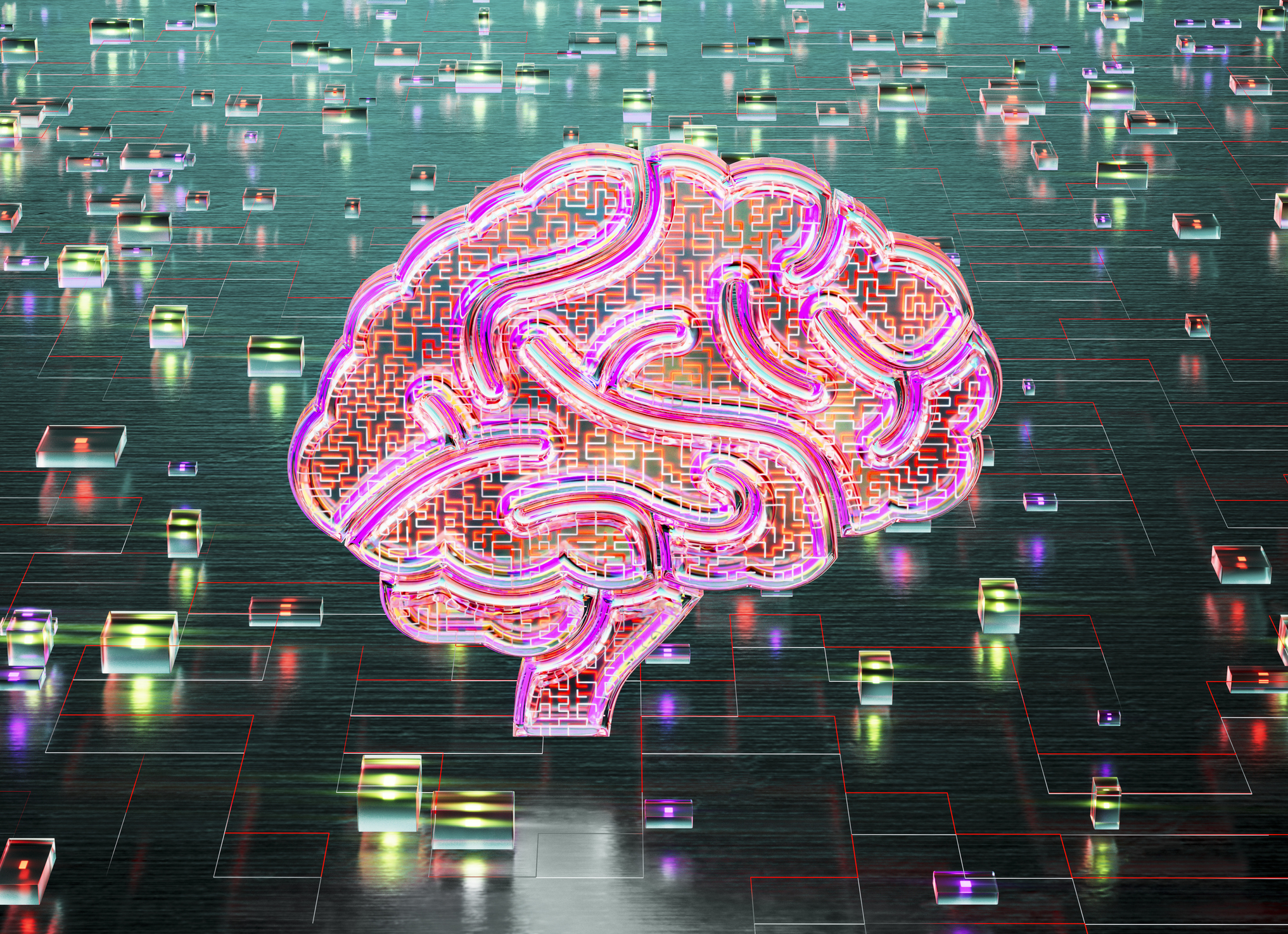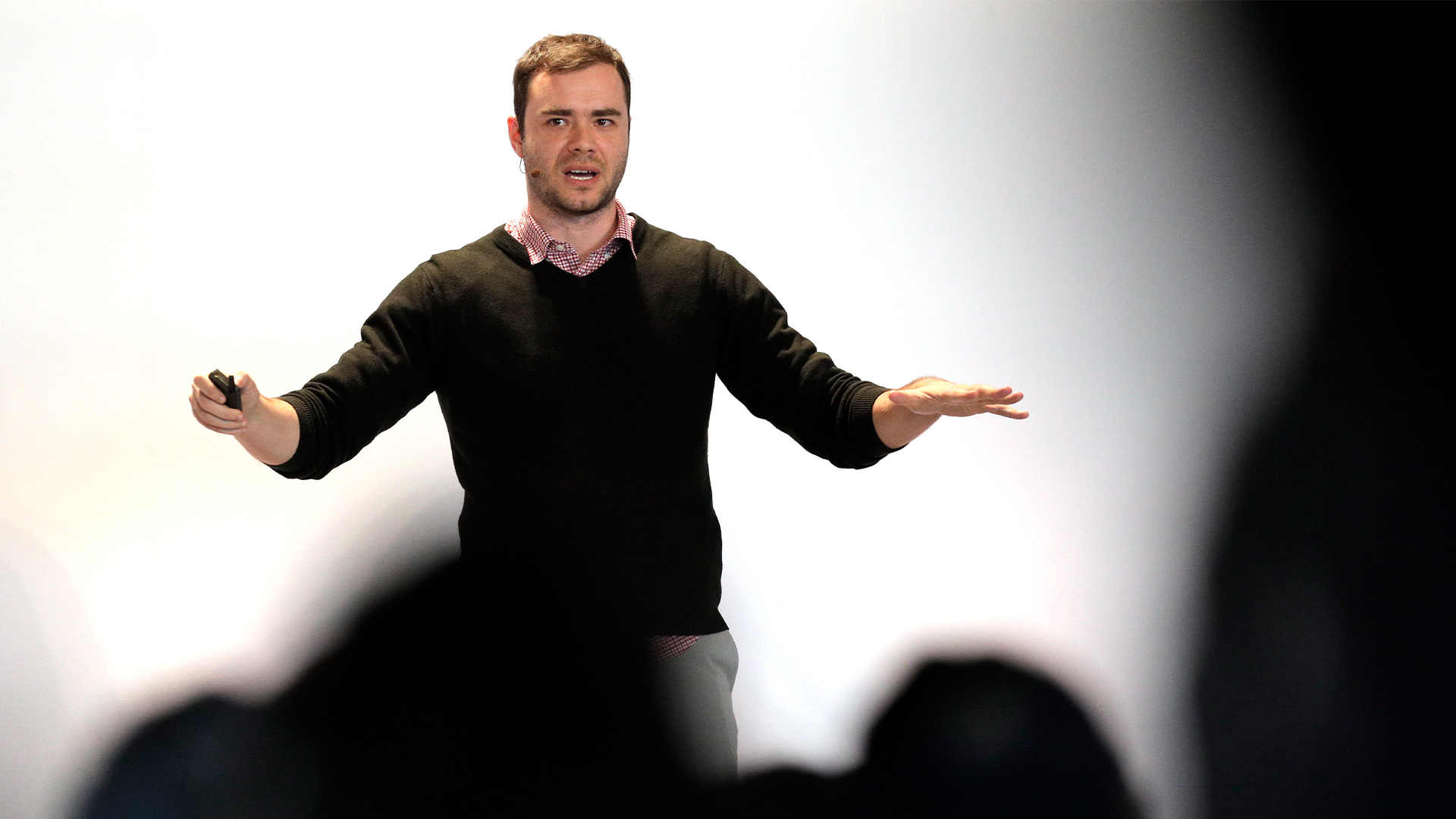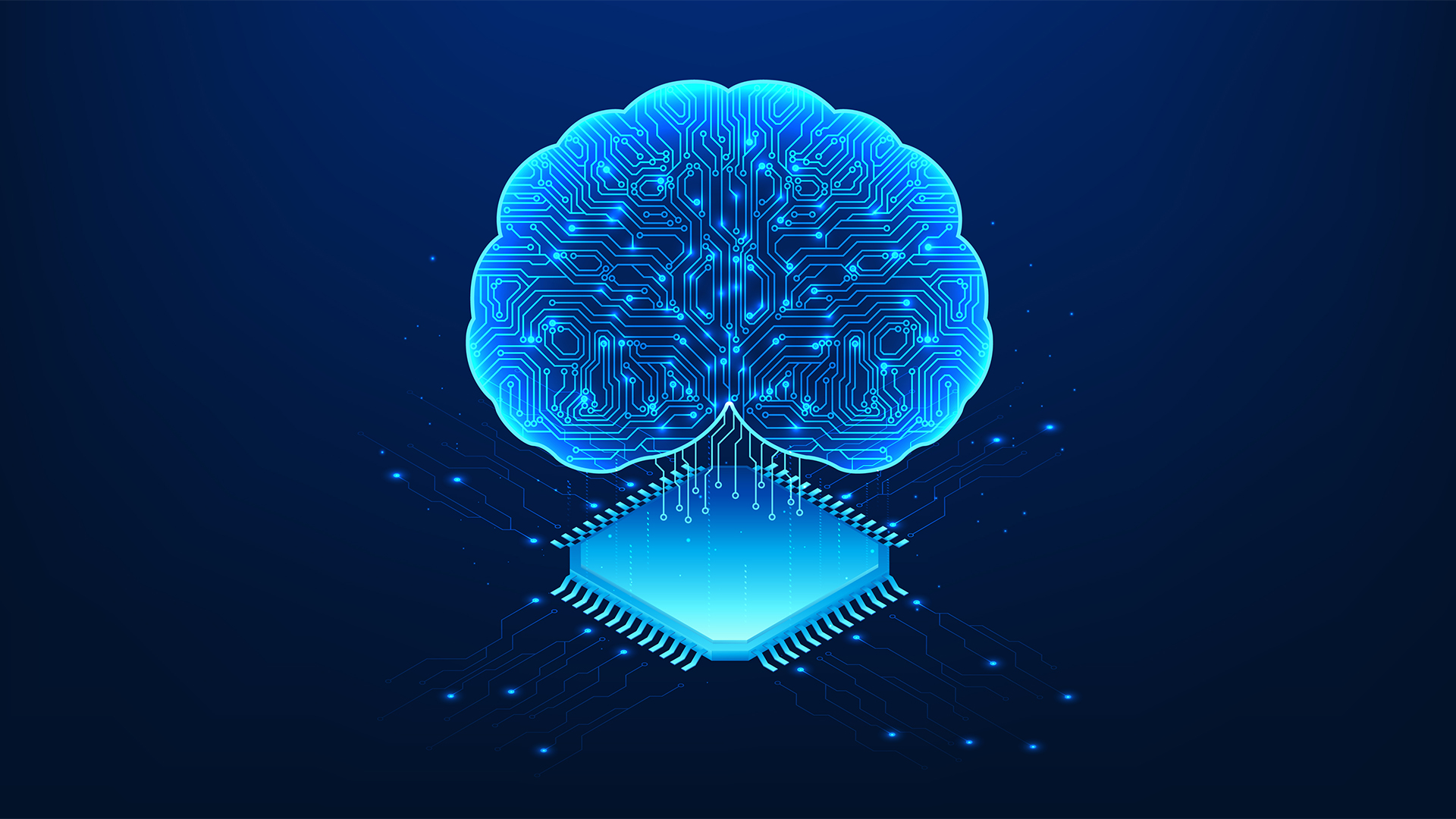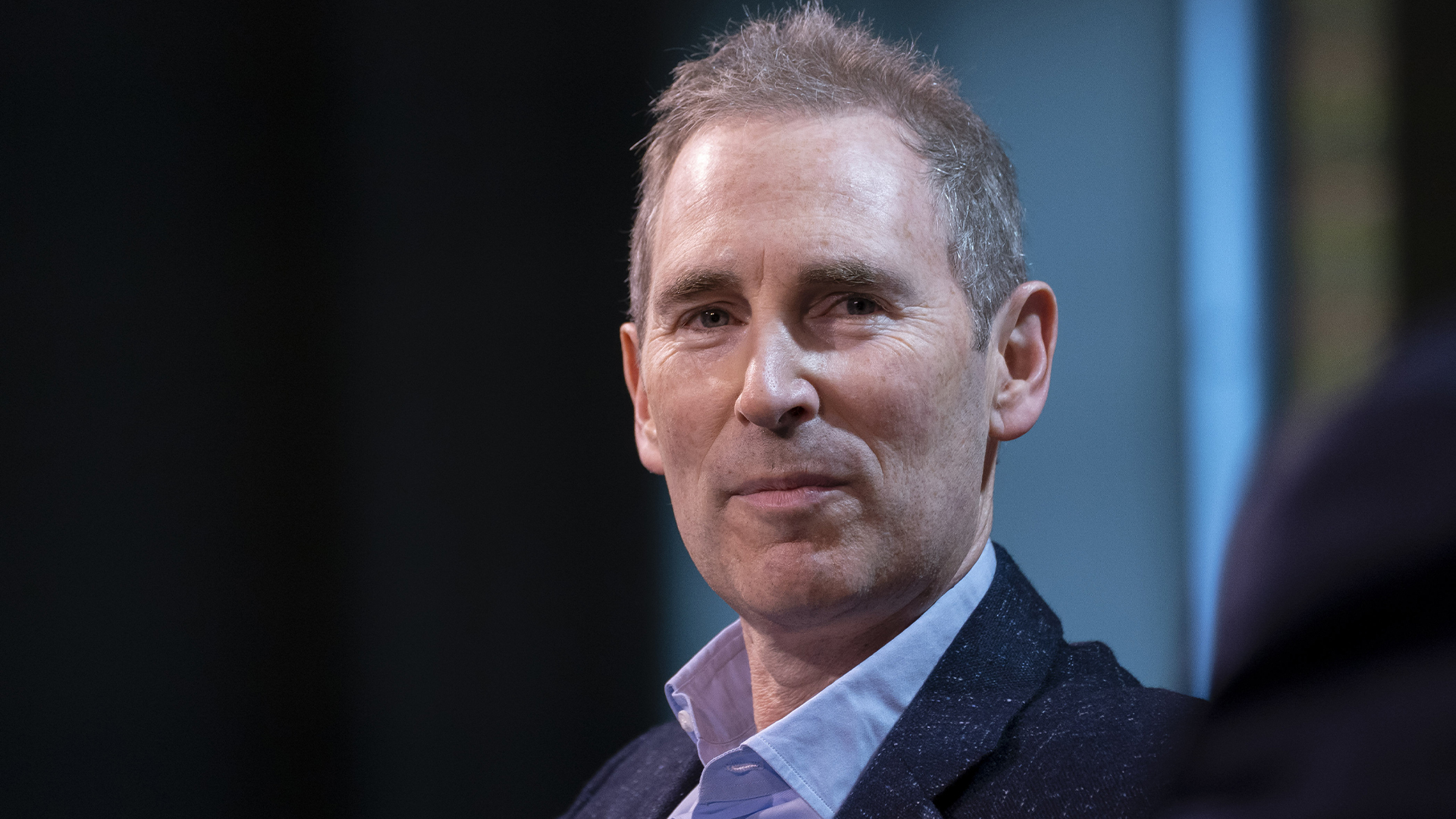Five useful examples of generative AI in action
There are many promising examples of generative AI being used across a wide variety of industries – here are just some of the more compelling applications


Rory Bathgate
Despite being a relatively young technology, there are already plenty of examples of generative AI making a significant difference to the way people live and work.
Generative AI, which can draw on its training data to produce content in a specific format or style, carries much potential across many sectors. While some will have first encountered generative AI tools that are text-based, from OpenAI’s ChatGPT to Anthropic's Claude, its potential use cases go far beyond this.
Generative AI is lauded for its potential to help us get work done faster, and achieve more complex outcomes than we might be able to as ‘mere’ humans. But it is also the subject of much discussion around ‘existential threat’ – the potential for AI to go off and make decisions of its own, act on those decisions, and in doing so present a threat to humanity. The debate is exercising national governments, think tanks, international organizations and others.
There’s already evidence that generative AI is driving productivity in certain sectors and interest in the technology is founded in those areas where it’s already producing impressive results.
However, the broad appeal of generative AI can also make it hard for leaders to narrow their focus on use cases that will benefit their business, as Dell CTO John Roese told ITPro in May 2024. As companies look to pick out some of the best uses for generative AI, here are five solid examples of how it’s already being deployed.
Examples of generative AI being put to good use
Text generation
Even as generative AI becomes more sophisticated, text processing continues to be its bread and butter. Large language models (LLMs) were designed to process text inputs using natural language processing (NLP) and output it.
LLMs have come a long way since the early days of GPT-3. The multimodal Gemini Pro 1.5 can draw on up to one million tokens of information per prompt – equivalent to around 700,000 words – for the most detailed text generation experience possible.
Sign up today and you will receive a free copy of our Future Focus 2025 report - the leading guidance on AI, cybersecurity and other IT challenges as per 700+ senior executives
It’s not just text output that generative AI can assist users with. Microsoft Copilot and Google Vertex AI Agents, available across the companies’ respective product portfolios, can rewrite text for users to better suit their in-house style or make its tone more appropriate.
Code assistance
As generative AI excels at text generation, it can naturally sidestep into producing code in almost any programming language. Tools such as GitHub Copilot, Code Llama, and Gemini Code Assist can already produce code that conforms to a company’s specifications, with the ability to be grounded in a firm’s codebase.
For more advanced use cases, Gemini Code Assist’s large token window enables it to translate entire codebases from one language to another, particularly useful for applications written in legacy programming languages such as COBOL.
Although many developers are already using AI coding tools, researchers have warned that overreliance on them could produce poor-quality code. Vendors continue to recommend that humans are always in the loop to provide final signoff on code, even as the quality of code output becomes better and better.
Customer services

We are already used to chatbots for customer service, with their ability to answer simple queries like “How do I change my login?” or “What is the returns policy?”
However, Generative AI introduces a whole new set of use cases, and, importantly for customer-facing organizations, can answer more complex questions quickly without necessarily escalating to a human agent. AI models like LLMs can search databases of information to produce bespoke responses and have more conversational interactions with customers than earlier generations of chatbots.
This kind of AI can also take a role behind the scenes, helping human customer service agents through its ability to access and synthesize information more quickly.
Image generation

Generative AI can be used to create images from scratch, which has already become a popular avenue of model development. The technology is capable of producing images for slide decks or similar use cases.
The ethics of AI are important to consider here and there are already AI legal troubles brewing, particularly among those who worry AI could kill art as we know it. For now, image models are easy to access and enterprises are already using them to produce content such as product images.
Accessibility

A somewhat underreported but nevertheless exciting and growing area of generative AI development is accessibility.
Project Astra, the brainchild of Google DeepMind, leans on the firm’s Gemini family of models to achieve a kind of advanced computer vision. The solution is capable of constantly processing video frames, with extremely low latency, alongside speech input to quickly provide answers about the user’s environment.
Astra can cache information to answer questions about the environment it’s seen even when it’s no longer ‘looking’ at the relevant information. For example, Google showed a demo in which a user could show Astra a desk in an office, walk away and continue a conversation with it, then later receive answers on which objects were on the desk.
RELATED WHITEPAPER

OpenAI’s GPT-4 has been used to power Be My Eyes, an app which normally pairs people who are blind or have low vision with volunteers who can help the user navigate life, particularly unfamiliar environments such as a travel terminal.
Using GPT-4, Be My Eyes can already answer user questions such as reading signs for them or summarizing web pages.
OpenAI has also targeted similar use cases with its own low-latency, multimodal model GPT-4o. Though limited to providing answers based on text and audio input for now, the developer says that a video-based version will be released for early testing soon.

Sandra Vogel is a freelance journalist with decades of experience in long-form and explainer content, research papers, case studies, white papers, blogs, books, and hardware reviews. She has contributed to ZDNet, national newspapers and many of the best known technology web sites.
At ITPro, Sandra has contributed articles on artificial intelligence (AI), measures that can be taken to cope with inflation, the telecoms industry, risk management, and C-suite strategies. In the past, Sandra also contributed handset reviews for ITPro and has written for the brand for more than 13 years in total.
- Rory BathgateFeatures and Multimedia Editor
-
 Trump's AI executive order could leave US in a 'regulatory vacuum'
Trump's AI executive order could leave US in a 'regulatory vacuum'News Citing a "patchwork of 50 different regulatory regimes" and "ideological bias", President Trump wants rules to be set at a federal level
-
 TPUs: Google's home advantage
TPUs: Google's home advantageITPro Podcast How does TPU v7 stack up against Nvidia's latest chips – and can Google scale AI using only its own supply?
-
 'It's slop': OpenAI co-founder Andrej Karpathy pours cold water on agentic AI hype – so your jobs are safe, at least for now
'It's slop': OpenAI co-founder Andrej Karpathy pours cold water on agentic AI hype – so your jobs are safe, at least for nowNews Despite the hype surrounding agentic AI, OpenAI co-founder Andrej Karpathy isn't convinced and says there's still a long way to go until the tech delivers real benefits.
-
 Is an 'AI' bubble about to pop?
Is an 'AI' bubble about to pop?news The Bank of England warns of the risk of a market correction if enthusiasm for the technology wanes
-
 AI isn't taking anyone's jobs, finds Yale study – at least not yet
AI isn't taking anyone's jobs, finds Yale study – at least not yetReviews Researchers say it's too soon to know what generative AI's impact will be on the workforce
-
 Is ChatGPT making us dumber? A new MIT study claims using AI tools causes cognitive issues, and it’s not the first – Microsoft has already warned about ‘diminished independent problem-solving’
Is ChatGPT making us dumber? A new MIT study claims using AI tools causes cognitive issues, and it’s not the first – Microsoft has already warned about ‘diminished independent problem-solving’News A recent study from MIT suggests that using AI tools impacts brain activity, with frequent users underperforming compared to their counterparts.
-
 ‘Agent washing’ is here: Most agentic AI tools are just ‘repackaged’ RPA solutions and chatbots – and Gartner says 40% of projects will be ditched within two years
‘Agent washing’ is here: Most agentic AI tools are just ‘repackaged’ RPA solutions and chatbots – and Gartner says 40% of projects will be ditched within two yearsNews Agentic AI might be the latest industry trend, but new research suggests the majority of tools are simply repackaged AI assistants and chatbots.
-
 Andy Jassy memo warns staff that Amazon will "need fewer people" as it rolls out more generative AI
Andy Jassy memo warns staff that Amazon will "need fewer people" as it rolls out more generative AINews Amazon's CEO tells workers to be "curious" about AI and educate themselves to protect their livelihoods
-
 CEOs and CISOs at odds over the benefits of generative AI
CEOs and CISOs at odds over the benefits of generative AINews While CEOs are hugely enthusiastic, CISOs worry about governance and legacy technology
-
 Microsoft says workers should believe the hype with AI tools: Researchers found Copilot users saved three hours per week sifting through emails, gained more focus time, and completed collaborative tasks 20% faster
Microsoft says workers should believe the hype with AI tools: Researchers found Copilot users saved three hours per week sifting through emails, gained more focus time, and completed collaborative tasks 20% fasterNews Using AI tools paid dividends for some workers, but alternative research shows it could create problems for others down the line.